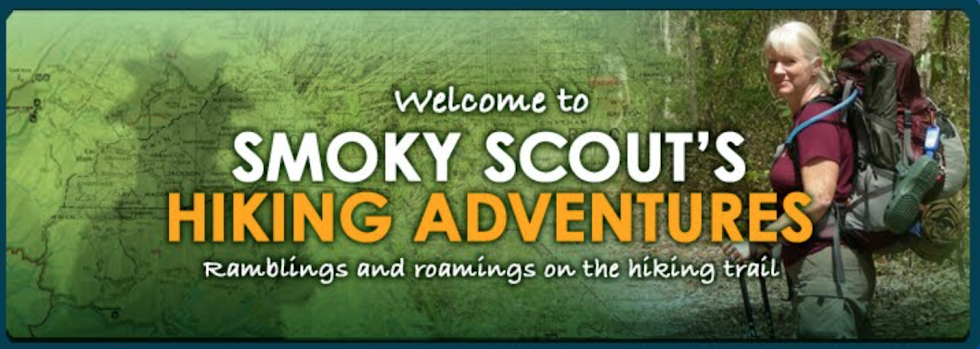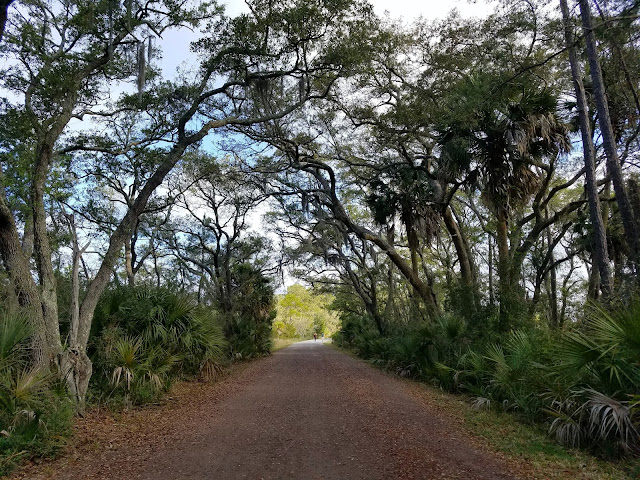Pinckney Island National Wildlife Refuge – 3/17/22 – 11 Miles
“Would you like to see an egret rookery today?” my hiking buddy Carol asked me one morning over coffee. Well, the only answer to that is, “Of course!”
Carol lives on the South Carolina coast, a l-o-n-g way from the mountains where we’ve had many rambling adventures. As an outdoor enthusiast no matter what the location, she’s found the gems of protected public lands near her home. On a spring visit, she introduced me to Pinckney Island National Wildlife Refuge.
Pinckney Island NWR is a collection of back-barrier islands squeezed between Hilton Head Island and Bluffton on the South Carolina mainland, managed by the U.S. Fish & Wildlife Service. It is bordered by the Broad River to the north, Skull Creek to the east and Mackay Creek to the west and south. [Trail guide here.]
From the website: “Pinckney Island National Wildlife Refuge is an important link in the chain of wildlife refuges along the Atlantic Flyway, attracting thousands of migratory birds annually. The refuge also provides nesting habitat, called a rookery, for colonial wading birds such as ibis, egrets, and herons.”
I will spare the turn-by-turn route description and just say that Carol devised an 11-mile hike from the parking lot to White Point at the far end of Pinckney Neck and little diversions in between.
Of course, Pinckney Island was not always protected; in fact, it wasn’t always called Pinckney Island. It was known to indigenous peoples as Lookout Island prior to passing through several European hands to Charles Pinckney, whose name stuck. [Read more here.] While it is good to know that this ecosystem has been restored to its wild state, it is important to learn and acknowledge the human history and impact.
Between the mid-1700s and mid-1800s there were three plantations on the island; In 1860 there were reported to be 349 enslaved Black people working to produce sea island cotton.
From this website: After the Civil War began, “former slaves continued to live on and farm the land. In 1862 the freed Blacks were being drafted for military service; five graves on the island have markers showing they served with the 21st Company, US Infantry.”
Carol had gained general information on the location of the graves but we were not able to find them on our walk today. [On a subsequent visit, she was successful.]
Near the conclusion of our hike, we met a woman walking with a loaded backpack, a grandmother training for an upcoming long section of the Appalachian Trail. She and Carol commiserated on the lack of elevation to prepare for the mountains. Good luck to her!
Thanks, Carol, for introducing me to Pinckney Island!
“Those who dwell among the beauties and mysteries of
the earth are never alone or weary of life.”
~Rachel Carson


















No comments:
Post a Comment